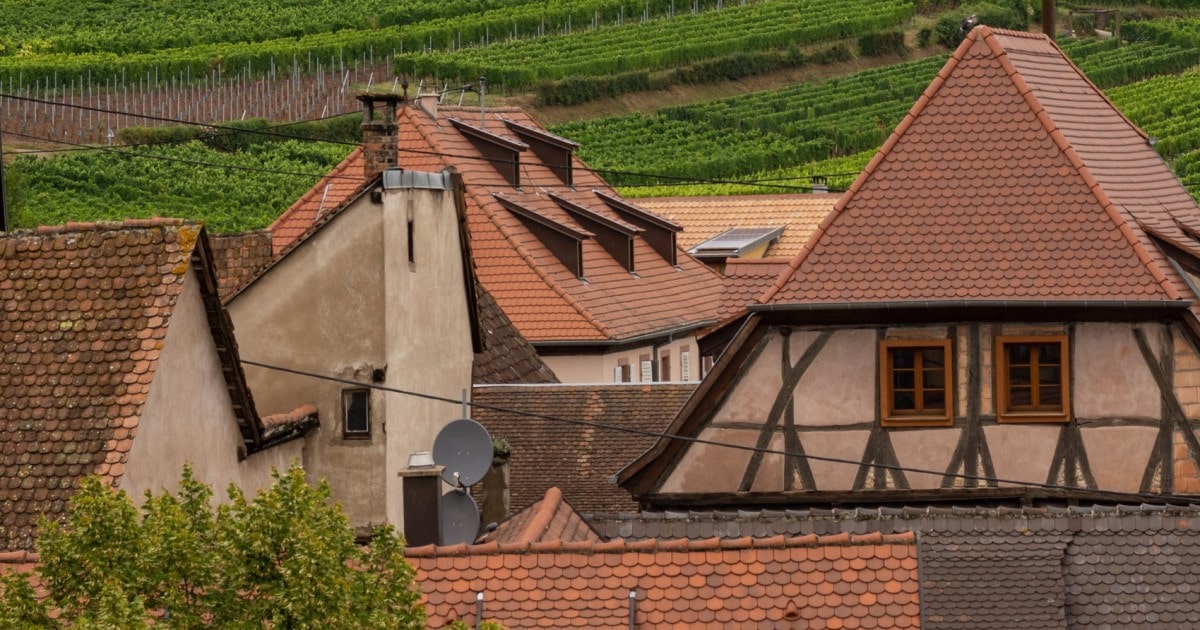The roof, often an overlooked aspect of home maintenance, is one of the most critical components of any building. Regular roof inspections are vital to ensure the integrity and safety of a structure. Neglecting roof inspections can lead to a multitude of problems, some of which may not be immediately apparent. Here are five significant risks associated with overlooking roof inspections.
1. Unnoticed Damage Leading to Expensive Repairs
One of the primary risks of skipping roof inspections is the potential for small, undetected issues to escalate into major problems. Regular inspections can identify minor damages like cracked shingles or small leaks, which can be repaired relatively easily and inexpensively. However, if these issues are not caught in time, they can develop into more significant problems. For example, a small leak, if left unchecked, can cause rot in wooden supports, necessitating extensive and expensive repairs.
2. Decreased Roof Longevity
The lifespan of a roof heavily depends on how well it is maintained. A well-maintained roof can last for decades, while a neglected one may fail prematurely. Regular inspections can catch issues that, if left unaddressed, could significantly shorten the roof’s life. Issues like pooling water, moss and algae growth, and damaged shingles can accelerate the deterioration of the roof materials. Consequently, what might have been a roof that lasts 30 years could end up needing replacement in just 15 years due to neglect.
3. Health Hazards from Mold and Mildew
Moisture intrusion, which can result from an undetected leak, creates an ideal environment for mold and mildew growth. These fungi not only cause damage to the structure but also pose serious health risks, especially to individuals with respiratory issues or allergies. Regular roof inspections can help identify and rectify moisture problems before they lead to mold and mildew growth.
4. Compromised Energy Efficiency
A damaged or poorly maintained roof can lead to a significant loss of energy efficiency in a home. For instance, a small leak or poor insulation in the attic can result in heat loss during winter and excessive heat during summer, leading to higher energy bills. Regular inspections ensure that the roof and its components are in optimal condition to maintain energy efficiency, potentially saving homeowners substantial amounts of money in the long run.
5. Reduced Property Value and Curb Appeal
The condition of a roof is a critical factor in determining a property’s value and curb appeal. A roof that is in poor condition, with visible damage or signs of neglect, can significantly reduce a property’s market value. It can also be a deterrent to potential buyers, should the property be put on the market. Regular roof inspections and maintenance ensure that the roof remains in good condition, thereby preserving or even enhancing the property’s value.
Conclusion
Regular roof inspections play a crucial role in identifying potential issues early, thus preventing minor problems from escalating into major, costly ones. Regular inspections help in prolonging the roof’s lifespan, maintaining the property’s value, ensuring energy efficiency, and safeguarding the health of its occupants. Homeowners and property managers should prioritize roof inspections as a critical component of building maintenance to avoid these significant risks.
